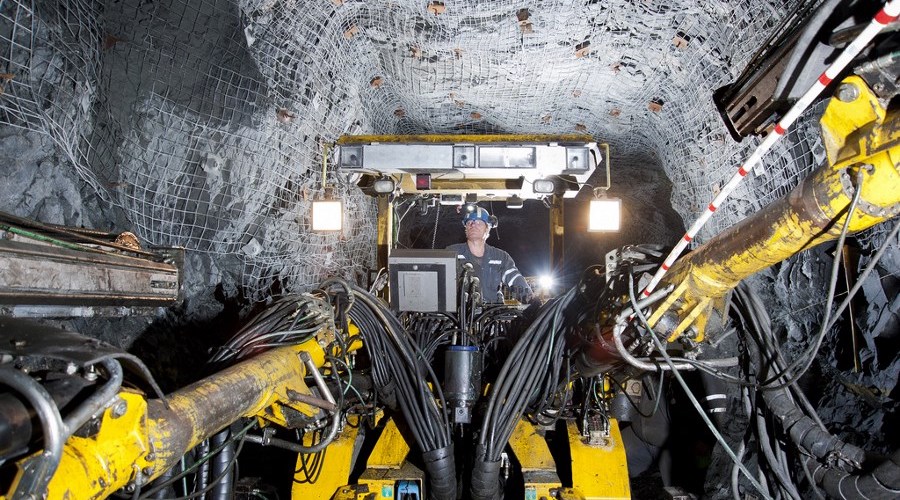
The system includes a pressure controller, an active thermal insulation module, an insulation layer and a sealing film. The ultimate bearing strength is 100 MPa for pressure preservation, and it can realize a temperature retention accuracy of 0.97%.
“The CH4 and CO permeabilities of the optimized sealing film are as low as 3.85 and 0.33 ppm/min, respectively, while the light transmittance is reduced to 0%,” He-Ping Xie, lead author of the study, said in a media statement. “We’ve also achieved a pressure and steady-state temperature accuracy for reconstructing the in situ environment of the transfer and storage system of up to 1% and ±0.2. In addition, the error recorded for the noncontact sensor ring made of low-density polymer is less than 6% of that of the contact test.”
According to Xie, this new in-situ coring and testing system will fill in the gaps in the principles, technology and equipment of deep in-situ rock mechanics and enable further development of deep-earth and deep-space prospecting and coring technology.
The inspiration
The researcher said that the gradual depletion of shallow energy and mineral resources such as coal, ore, oil and natural gas, and the subsequent focus on mining at depths of up to 5,000 metres, were the inspiration behind the study.
However, when looking into this issue, he and his colleagues noticed that the technologies available to work that far below the earth’s surface are currently fairly limited, particularly because they can’t resist the complexity of such environments, where pressure often exceeds 100 MPa and the temperature 150 degrees Celsius.
In addition to this, engineers extracting rock samples to evaluate deep resources are normally unable to preserve the in-situ environmental conditions, resulting in the loss of valuable information on morphology, parameters, liquids, gases and microorganisms.
“This lack of in situ information is hindering deep resource development, making it difficult to achieve safe, efficient, and economic exploitation,” Xie said.
Knowing this, he decided to lead a team to design the ICP-coring and testing systems that – they believe – can provide technical support for the deep in-situ rock mechanics research, improving deep resource acquisition capabilities and further clarifying deep-earth processes.




